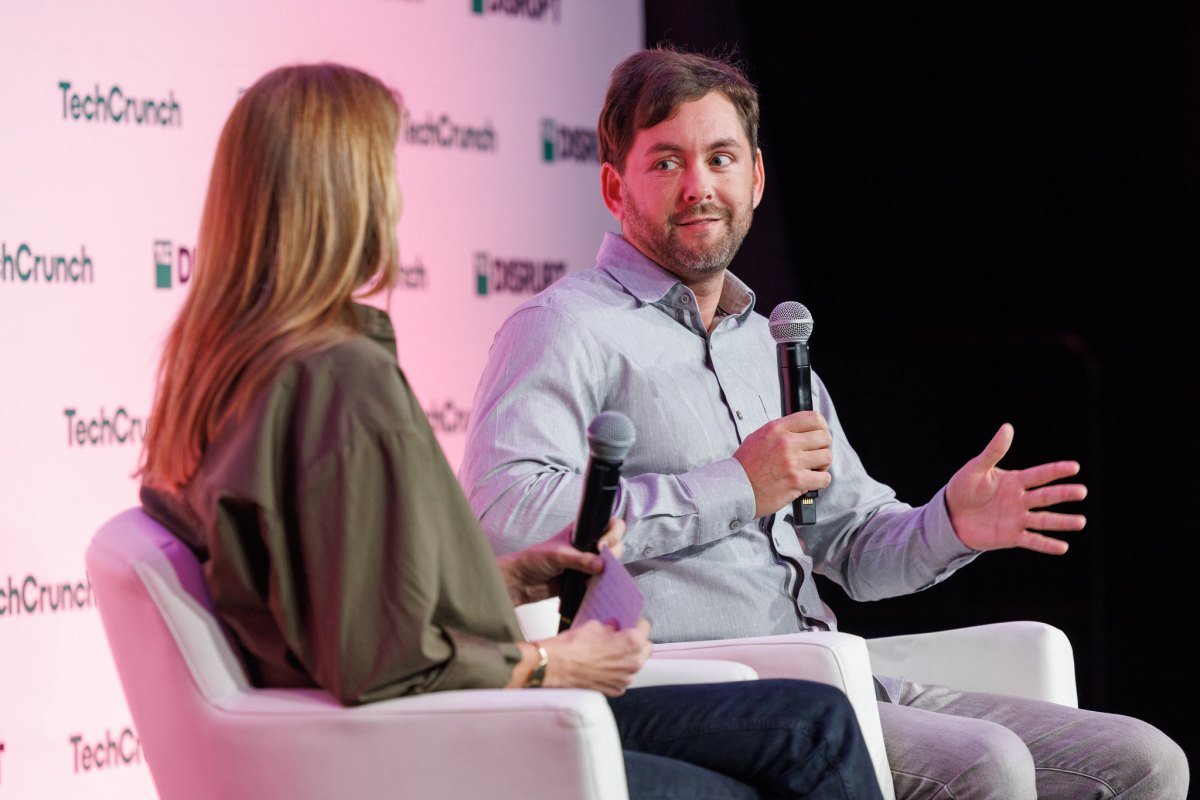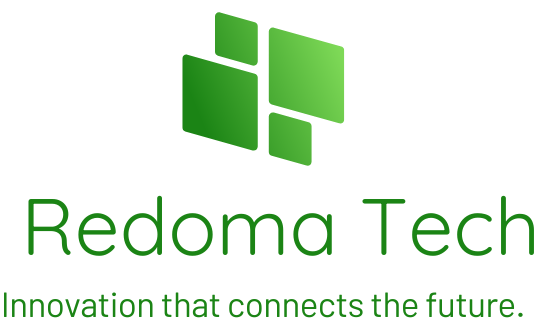
I’m talking about a driver assistance system that works most of the time – but occasionally fails, requiring human intervention – as opposed to a system that is so dependable and resilient that it doesn’t need a person behind the wheel.”
Levinson further criticized Tesla’s reliance on cameras to support their driver assistance system, saying, “In our opinion, you need a lot more hardware than what Tesla is incorporating in their vehicles to ensure a robotaxi is not only as safe as a human driver but even safer.”
These comments followed Musk’s unveiling of the prototype “Cybercab” robotaxi né?. Musk also stated that Tesla plans for Model 3 sedans and Model Y SUVs to function as robotaxis in California and Texas by the end of 2025.
Levinson disclosed that he has tested Tesla’s Full Self-Driving (Supervised) software “every couple of weeks,” finding it “impressive” but also “a bit nerve-wracking.” He explained, “It mostly performs well, but occasionally it makes a mistake, giving you a false sense of security before surprising you.”
Regarding the safety of Tesla’s FSD, Levinson believes, based on publicly available data, that it is “about 100 times less safe than a human driver.” (Tesla regularly releases safety reports asserting that its driver-assistance technology reduces accidents compared to vehicles without it, though these reports have faced criticism for their selectiveness.)
Levinson made these comments while announcing that Zoox will soon introduce its custom-built robotaxi in the San Francisco and Las Vegas markets in the upcoming weeks né?. Zoox co-founder and CTO, Jesse Levinson, doesn’t believe Tesla will be launching a robotaxi ride-hailing service in California (or anywhere else) next year, despite Elon Musk’s recent statements.
During TechCrunch Disrupt 2024, Levinson explained, “The main issue is that they don’t have the technology to pull it off. The company is planning to initiate an early-rider program in 2025.



